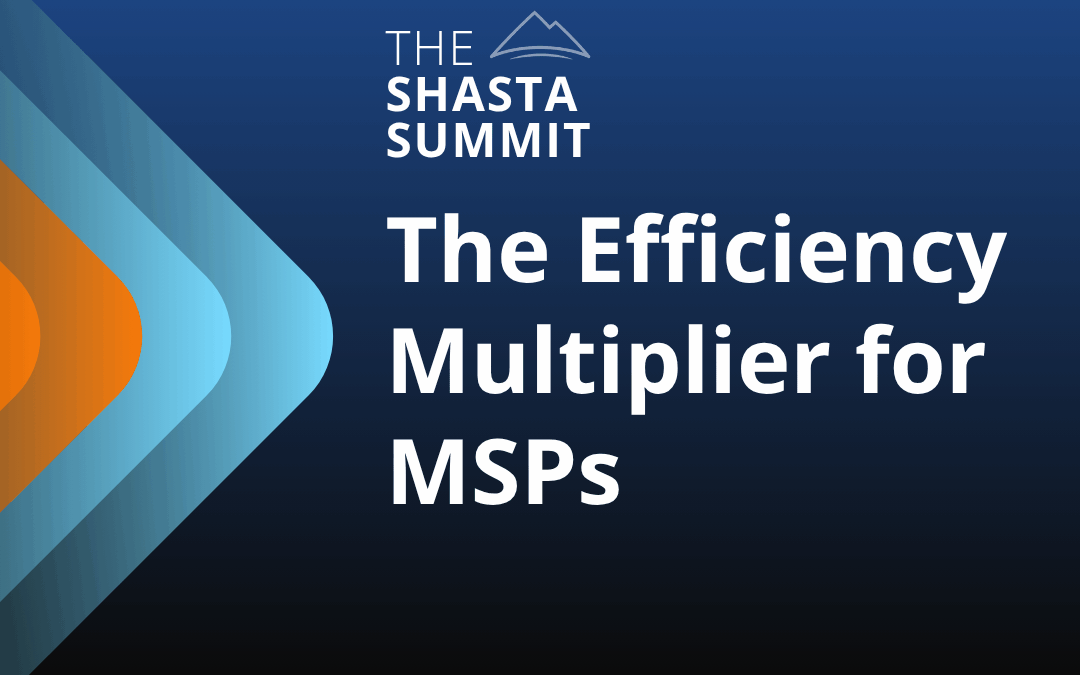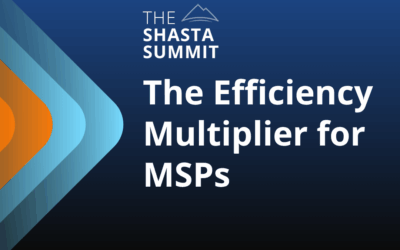Building Smarter MDU Networks That Work for Owners and Residents
For today’s residents, Wi-Fi is as essential as water. Expectations are through the roof. Always on. Always secure. Always available, at the pool, in the parking lot, in the living room, and on move-in day.
Taylor Jones, CTO at Elauwit, has been building Wi-Fi for MDUs (multi-dwelling units) for decades. Today, Elauwit is bringing Internet, Wi-Fi, and property-wide connectivity to communities in over 25 states. We sat down with Taylor to talk about what’s changed and what’s next for MDU.
In this edition:
-
- Why managed Wi-Fi is a must-have for multi-dwelling units
- How property owners can leverage networks for better NOI (net operating income) and smarter operations
- What makes a boutique MSP experience radically different from cable and telco deployments
From Student Dorms to Smart Communities
The term “MDU” covers a lot, and the MDU space has changed dramatically over time. In 2008, Taylor was focused on student housing, giving college residents the same Internet access in off-campus apartments that they had in dorms. Back then, Wi-Fi wasn’t everywhere. The iPhone was brand new. And broadband was about access.
Now, access is just the start. It’s no longer just about speed or signal. It’s about mobility, security, and a better resident experience from day one.
Take Elauwit’s portfolio, for example, which spans high-rise apartments, garden-style complexes, and the fast-growing build-to-rent (BTR) segment, where hundreds of single-family homes operate as a single community. For residents, that means seamless Wi-Fi anywhere on the property. For owners, it’s an asset that drives NOI (net operating income) and supports everything from smart locks to EV chargers.
As MDU grows and continues to diversify, so do the opportunities for networks to become the backbone of smarter, more connected communities.
A Network Built for the Owner
Here’s the big shift: In traditional deployments, the cable company owns the network. You just rent access. That means zero flexibility and limited innovation. According to Taylor, it’s about flipping the model to build and manage the network for the property owner. That opens up powerful use cases:
-
- Smart locks, water sensors, and IoT integrations
- Access control, EV chargers, and video monitoring
- Resident Wi-Fi that works across the entire property, not just inside the unit
And it’s not just about experience. It supports NOI. Owners can monetize the service and operate smarter, without the friction.
Service That Actually Answers the Phone
As Taylor puts it, ‘We’re network plumbers. We make the internet flow.’ For most residents, Wi-Fi is the internet, so every design choice is about removing friction and making it feel invisible.
That’s not just a humility play, it’s a philosophy. Elauwit focuses on getting the fundamentals right: strong coverage, seamless onboarding, and 24/7 real human support. When a resident signs a lease, they walk into a home where Wi-Fi just works. No setup. No downtime. No call center purgatory.
And if something goes down, the rest of the system picks up the slack. It’s the power of an enterprise-grade, property-wide network built for scale, speed, and support.
Final Word
Taylor and his team bring decades of MDU experience, a commitment to old-school customer service, and a deep understanding of how to design networks that actually serve both residents and property owners.
At Shasta Cloud, we’re proud to support forward-thinking MSPs like Elauwit. The future of Wi-Fi isn’t just about connectivity. It’s about flexibility, ownership, and experience.
Let’s make it easier together.







